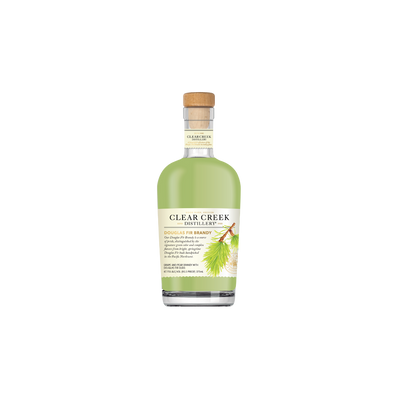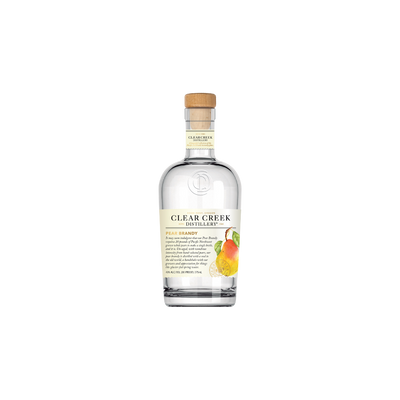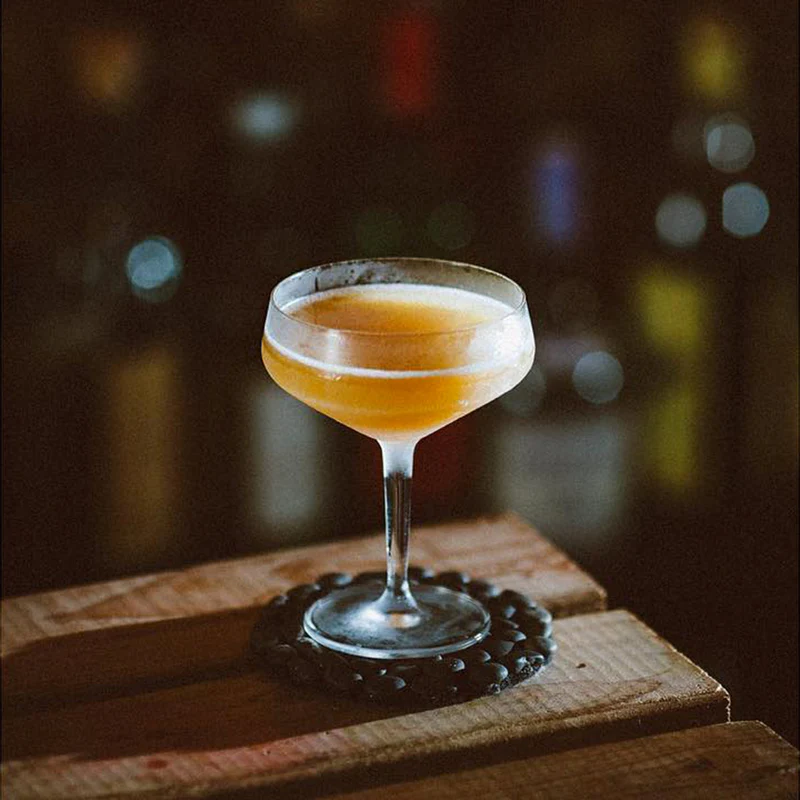Other Brandy
What is Other Brandy?
Other Brandy represents a diverse category within Brandy & Cognac that encompasses all brandies produced outside the strictly regulated regions of Cognac and Armagnac in France. This broad classification includes American brandies from California, Spanish brandies like Brandy de Jerez, Italian grappa, German Weinbrand, and countless artisanal spirits distilled from fermented fruit around the world. What defines Other Brandy is its freedom from the rigid production rules that govern French brandies, allowing distillers to experiment with different grape varieties, aging methods, and blending techniques to create unique expressions of their local terroir.
Learn More About Other Brandy
What makes Other Brandy unique?
Other Brandy breaks free from the strict geographic and production rules that define Cognac, Armagnac, and American brandy, giving distillers creative license to experiment with different grape varieties, aging methods, and flavor profiles. These spirits often showcase local terroir and innovative techniques that wouldn't be permitted under traditional appellations, resulting in distinctive expressions that can range from fruit-forward and floral to rich and complex. While Cognac follows centuries-old methods and Armagnac maintains its rustic single-distillation character, Other Brandy represents the frontier of brandy-making where tradition meets innovation.
How is Other Brandy made?
Other brandies start with fermented fruit juice or wine that gets distilled in copper pot stills or column stills, concentrating the alcohol and flavors while removing water. The clear spirit then ages in wooden barrels—often oak—where it develops color, complexity, and smoothness over months or years. Some producers add caramel coloring or blend different ages to achieve their desired flavor profile before bottling.
How do you drink Other Brandy?
Most brandies beyond cognac and Armagnac shine when sipped neat at room temperature, allowing their unique regional character and production methods to come through clearly. These spirits also work beautifully in classic cocktails like Sidecars, Brandy Alexanders, and Pisco Sours, where their distinctive flavors can complement rather than compete with other ingredients. The warming nature of brandy makes it perfect for cooler months and contemplative evening occasions, though fruit brandies like Calvados or pisco bring bright, seasonal versatility to spring and summer gatherings.
How do I choose a good Other Brandy?
Start by considering the fruit base and production style – apple brandies like Calvados offer crisp, orchard-forward flavors perfect for autumn cocktails, while grape brandies from regions like Peru or South Africa bring their own terroir-driven character. For cocktails, younger brandies with more aggressive fruit notes work brilliantly in stirred drinks like sidecars or brandy cocktails, while aged expressions with developed wood and spice notes shine when sipped neat or in spirit-forward drinks. Match the brandy's intensity to your cocktail – delicate pear brandies pair beautifully with floral liqueurs, while robust aged apple brandies can stand up to bold ingredients like rye whiskey or amaro.
Nutritional Information
Typical Calorie Range per Ounce: 65-80 calories
Typical Carbohydrate Range per Ounce: 0-2 grams
Typical Sugar Range per Ounce: 0-1 gram
Typically Gluten Free: Yes
Most brandies are naturally gluten-free since they're distilled from fruits rather than grains. The distillation process typically removes gluten proteins even when grain-based spirits are involved. That said, some specialty brandies might include additives or flavorings that could contain gluten. Always check the specific product label and manufacturer information to confirm gluten-free status, especially if you have celiac disease or severe gluten sensitivity.
Scrolled this far? Your reward? Other Brandy Trivia!
- Apple brandy was George Washington's side hustle – Mount Vernon produced thousands of gallons annually, making it one of America's largest commercial distilleries by 1799. The founding father knew his way around a still, and his apple brandy was so popular that Thomas Jefferson kept requesting bottles for Monticello.
- Pisco from Peru and Chile sparked an actual diplomatic war that lasted decades. Both countries claim to have invented this grape brandy, leading to heated UN disputes, competing trademark applications, and even formal complaints to the World Trade Organization. The feud got so intense that Peru declared the first Saturday in February as National Pisco Sour Day just to one-up Chile.
- Austrian apricot brandy makers discovered that storing their spirit in mulberry wood barrels creates a natural purple hue without any additives. The tannins from mulberry trees react with the apricot compounds to produce this rare color change, making these bottles some of the most visually striking brandies you'll ever see.
- Japanese plum brandy (umeshu) contains fruit that's technically poisonous when raw. The green ume plums used contain amygdalin, which releases cyanide compounds when eaten fresh. The alcohol extraction process neutralizes these toxins while pulling out the fruit's incredible flavor – talk about turning danger into deliciousness.
- Calvados regulations are so specific that French law dictates exactly which apple varieties can be used, how long the mash can ferment, and even the maximum proof allowed after distillation. There are over 200 approved apple cultivars, but master distillers guard their exact blends like state secrets, passing recipes down through generations without ever writing them down.
Higher-proof spirits can be intense. Mix carefully, taste thoughtfully, and enjoy responsibly.
Gift message (optional)




